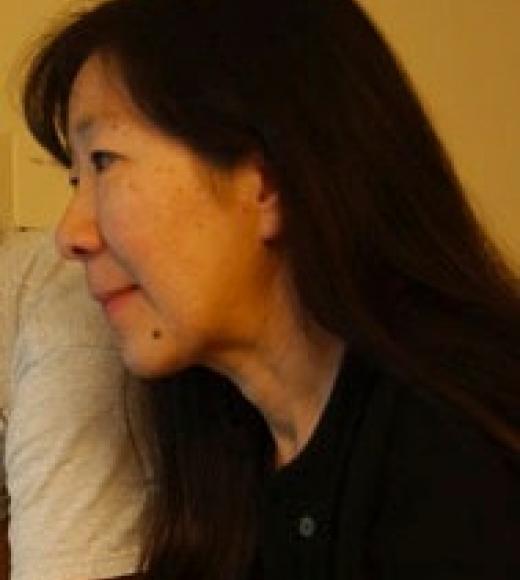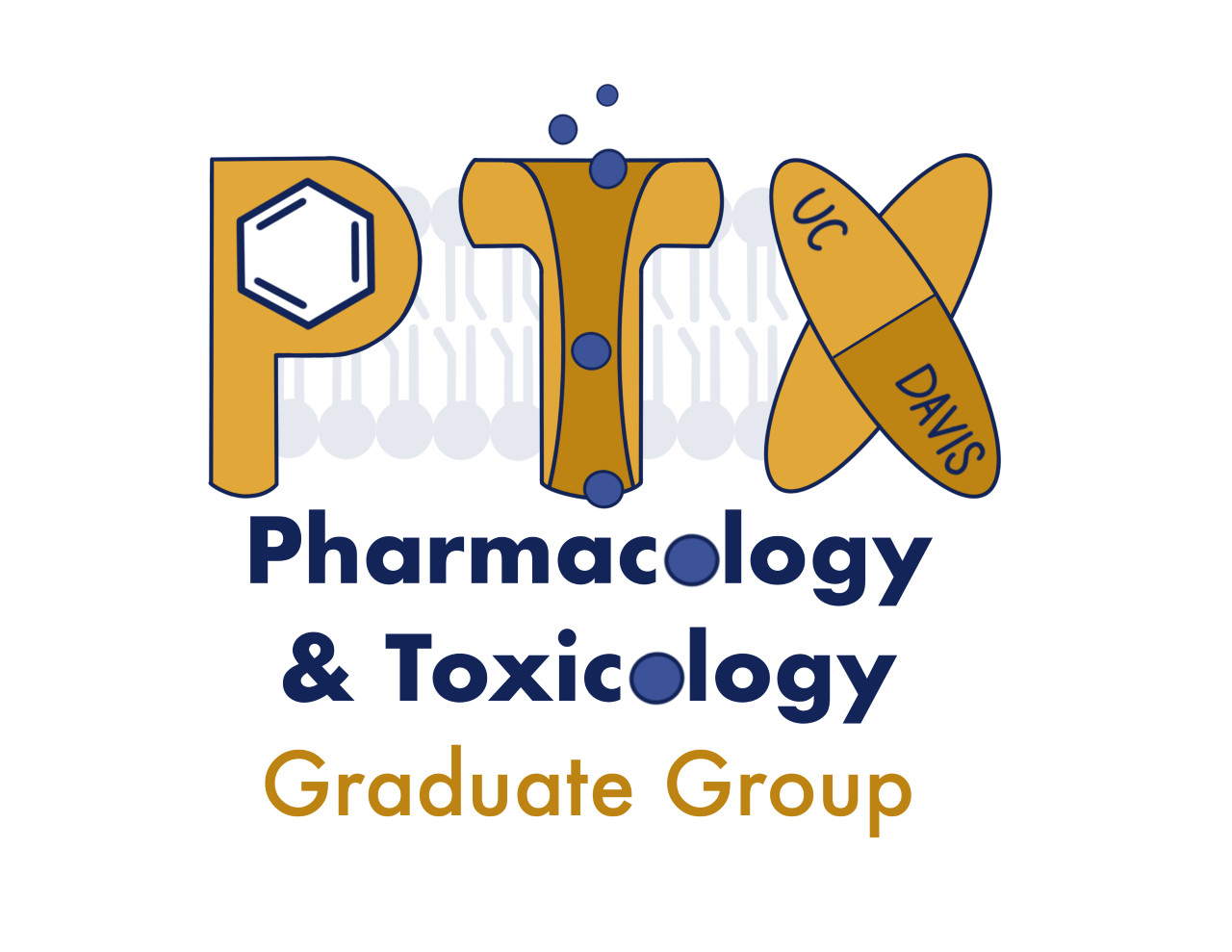
Position Title
Professor
Position Title
Professor
- Internal Medicine - Cardiology
Bio
Education:
- University of Toronto Medicine, MD 1984
- University of Toronto Science, Faculty of Arts & Science 1980
Department: Cardiovascular Medicine
Research Interests:
Clinical Pharmacology and Toxicology, Cardiovascular signaling
Research Summary:
The long-term research goals in our laboratory are to understand the cellular and molecular mechanisms contributing to cardiac arrhythmias and sudden cardiac death. We have several research studies in these general areas as described in more detail in the following subheadings. 1. Atrial-specific ion channels and atrial fibrillation We have employed molecular genetics and electrophysiological recordings to demonstrate the development of AF in a mouse model possessing a null mutation of L-type Ca2+ channel (LTCC) Cav1.3, which we have shown to be highly expressed in the atria. These findings were unexpected, yet insightful, since the main LTCC in the heart is Cav1.2 and it was thought that Cav1.3 was found mostly in neurons and neuroendocrine cells. Even more intriguing is the fact that we have unmasked a functional crosstalk between Cav1.3 and a small conductance Ca2+-activated K+ channel (SK2 (KCa2.2) channel) via the cytoskeletal protein. One of the main projects in our laboratory is to utilize multiple approaches to determine the functional significance of the interacting partners of Ca2+ and K+ channels in human atrial myocytes and in so doing, provide new insights into the underlying mechanisms of certain forms of atrial arrhythmias. 2. Roles of soluble epoxide hydrolase (sEH) inhibitors in the prevention of cardiac hypertrophy and failure. Eicosanoids are potent modulators of immune responses and are derived from the 20-carbon atom arachidonic acids (AA). Epoxyeicosatrienoic acids (EETs) are derivatives of arachidonic acid (AA) generated through cytochrome P450 pathway. sEH catalizes the conversion of EETs to form the corresponding dihydroxyeicosatrienoic acids (DHETs). Recently, we have shown that several inhibitors of sEH exert beneficial effects in the prevention of cardiac hypertrophy and failure. Moreover, our study shows a beneficial effect of the compounds in the prevention of cardiac arrhythmias which occur in association with cardiac hypertrophy. Very little is known about the roles of this new class of compounds in the treatment of cardiac hypertrophy and failure. Additional information is urgently needed to establish whether the observed beneficial effects are generalizable to other models of cardiac hypertrophy and failure.
Highlighted Techniques:
Patch-clamp recordings, Immunofluorescence confocal microscopy, Live-cell imaging, In vivo electrophysiologic recordings, Small animal models of cardiovascular diseases, Flow cytometric analyses
Courses/Teaching:
- MCP 210B
- PTX 203
- CLH 290B
- CLH 230
- CLH 290A
Lab Members:
Dr. Xiao-dong Zhang, Dr. Deborah Lieu, Dr. Zheng Zhang, Dr. Ning Li, Dr. Padmini Sirish, Dr. Valeriy Timofeyev, Richard Myers, Bert Frederich, Anil Singapuri
Lab Rotation Availability: Yes
Funding Sources: NIH, T32 Training Grant in Cardiovascular Medicine, HHMI Training Program in Translational Research, VA Merit Review Grant
PubMed listing
